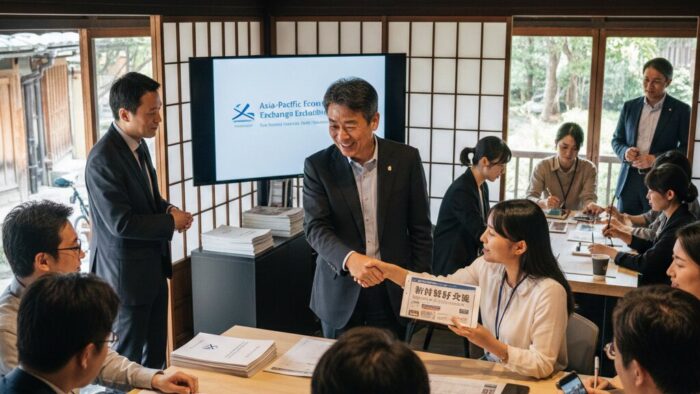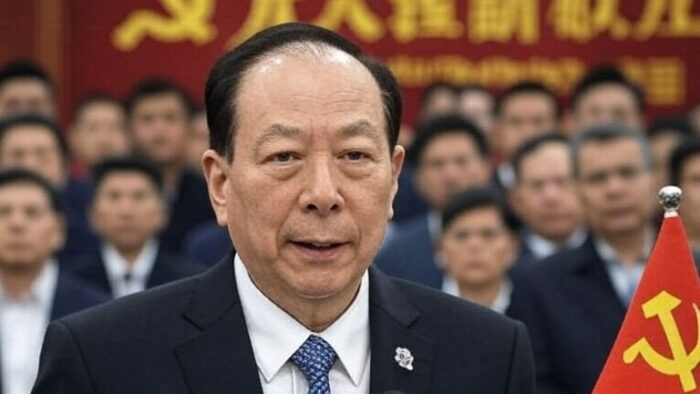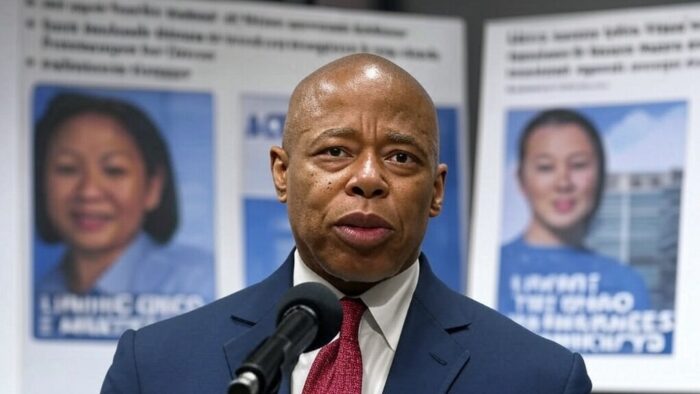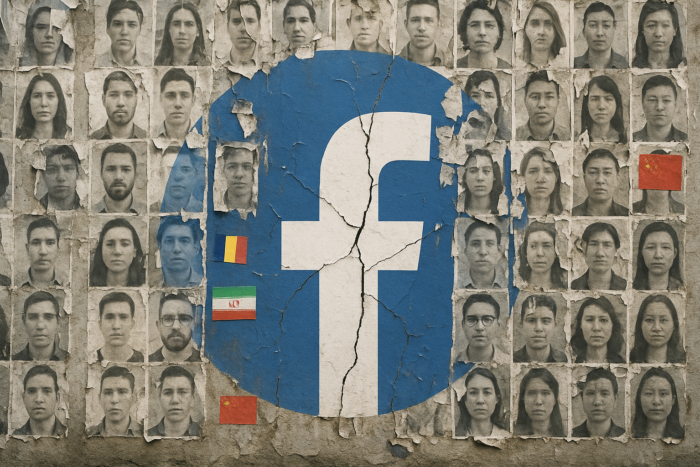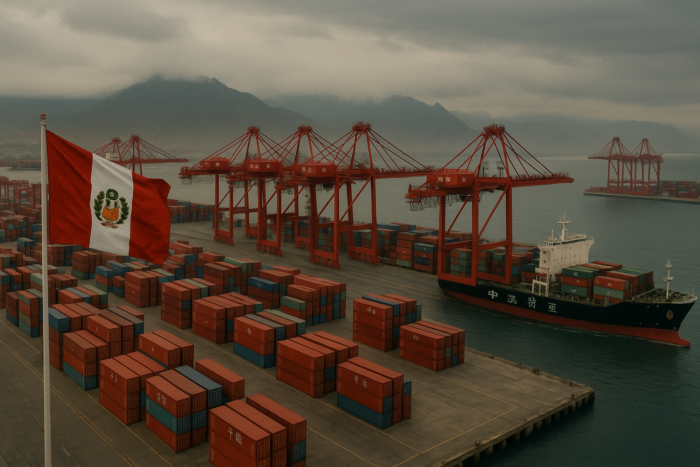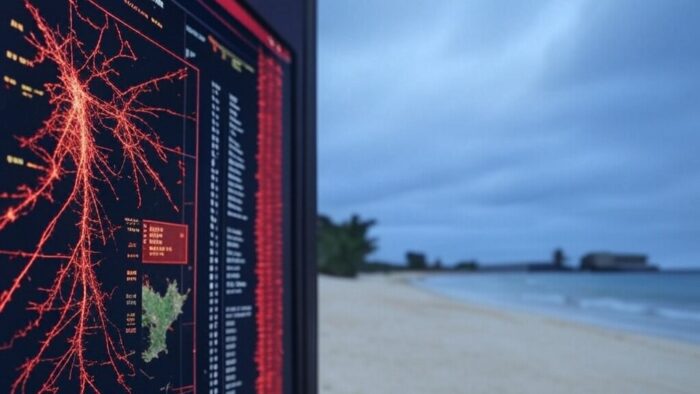China’s gray-zone influence operations are targeting Japan through unauthorized consulate activities at nondesignated diplomatic facilities. On 19 November 2025, The Japan Times reported that PRC consulates in Japan have conducted at least 60 gray-zone activities across 25 prefectures and 21 cities since 2017, operating one-day consulate events at clubhouses, cultural centers, hotel meeting rooms, and shopping streets to strengthen the Chinese Communist Party’s United Front network. The article begins:
For years now, and with increasing frequency, the People’s Republic of China (PRC) consulates in Japan have been openly conducting a series of gray-zone activities that likely violate international law, strengthen the Chinese Communist Party’s “United Front” network in Japan and bolster its political mobilization capabilities for future operations. When one thinks of China’s “gray-zone activities,” one generally thinks of paramilitary, law-enforcement or military coercion on sea or land –– such as China Coast Guard and maritime militia harassment or PLA air incursions –– designed to intimidate or harass other nations or push the boundaries of the PRC’s influence. But gray-zone activities also come in the form of supposed diplomatic outreach that is actually designed to undermine democratic institutions or social cohesion within a target country.
Read more: https://www.japantimes.co.jp/commentary/2025/11/19/japan/chinas-gray-zone-activities-in-japan/
Key Points
- Chinese consulates in Japan have conducted at least 60 gray-zone activities across 25 prefectures and 21 cities since 2017 through one-day consulate events at nondesignated facilities, including clubhouses, cultural centers, hotel meeting rooms, and shopping streets, likely violating international law unless accredited by the Japanese government.
- After the pop-up event in Okinawa in June 2023, the Fukuoka Consulate published a WeChat article highlighting participants’ appreciation for the care and warmth of the motherland, strengthening their sense of belonging and pride, with Deputy Consul General Cheng Yan promoting the CCP’s 20th National Congress principles and encouraging support for national rejuvenation.
- Chinese consulates have organized more pop-up events in Okinawa than anywhere else in Japan, with Beijing potentially mobilizing the United Front network to amplify narratives of the undetermined status of the Ryukyu Islands, instill anti-American sentiment, and magnify the division between mainland Japanese and Okinawans.
- Pop-up events serve as platforms for Chinese influence operations and political activities, representing the institutionalization of the PRC’s extraterritorial law enforcement efforts while facilitating intelligence gathering and surveillance on former PRC residents as part of Beijing’s transnational anti-corruption and repression campaign.
China Influence Operations Target Japan Through Disinformation and United Front Activities
China has systematically deployed sophisticated influence operations targeting Japan through coordinated disinformation campaigns, United Front Work activities in Okinawa, and AI-powered social media manipulation designed to undermine the U.S.-Japan alliance and exploit regional vulnerabilities.
Beijing’s campaign against Japan’s Fukushima wastewater release beginning in 2023 demonstrated the real-world dangers of these operations, as coordinated Chinese government messaging likely contributed to anti-Japanese violence in China, including a fatal stabbing of a Japanese child in Shenzhen in September 2024. Chinese-origin clusters used AI-generated profile photos to target Myanmar, Taiwan, and Japan with content criticizing government ties with the United States. At the same time, Meta identified thousands of fake accounts across 50 platforms, in what the company described as China’s “largest” coordinated operation in history.
The strategic focus of China’s influence activities centers on Okinawa Prefecture, where Beijing leverages the island’s historical ties to China and local resentment toward U.S. military bases to drive wedges between Tokyo, Washington, and Okinawan society. Chinese state media outlets manipulate local incidents involving U.S. forces to amplify anti-American sentiment.
At the same time, United Front Work Department operations cultivate political relationships through economic exchanges, sister-city arrangements, and academic institutions such as the East China Sea Research Center, launched in 2021. Despite China’s intensive efforts, polling reveals that 93 percent of Okinawans view China as a threat, matching national Japanese figures. However, Beijing’s objective is not to improve its image but rather to deepen societal divisions and isolate Japan from its primary ally.
China’s digital influence strategy has evolved to exploit Japan’s unique media consumption patterns, where most citizens access news through aggregator sites rather than social media. Beijing’s deployment of AI-powered influence operations, as revealed by leaked GoLaxy documents, includes sophisticated psychological profiling targeting public figures across democratic societies, including Japan. Chinese actors have established camouflaged news sites that push pro-China content through major aggregators like Yahoo! News Japan.
At the same time, OpenAI confirmed that Chinese groups used artificial intelligence to generate multilingual articles in English, Japanese, Chinese, Korean, and Russian, attacking Japan’s environmental policies. Japan’s Digital Agency, established in 2021, remains hampered by bureaucratic inefficiencies that limit its capacity to counter these increasingly sophisticated campaigns, even as 89 percent of Japanese respondents express concern about AI-generated disinformation manipulating public opinion.
External References:
- Japan’s technology paradox: the challenge of Chinese disinformation – DFRLab
- Equipping the Japan‑U.S. Alliance to Handle China’s Disinformation Operations – RAND Corporation
- Is Japan Immune From China’s Media Influence Operations? – The Diplomat
Disclaimer: The Global Influence Operations Report (GIOR) utilizes AI throughout the posting process, including the generation of summaries for news items, introductions, key points, and, often, the “context” section. We recommend verifying all information before use. Additionally, all images are generated using AI and are intended solely for illustrative purposes. While they represent the events or individuals discussed, they should not be interpreted as real-world photography.
